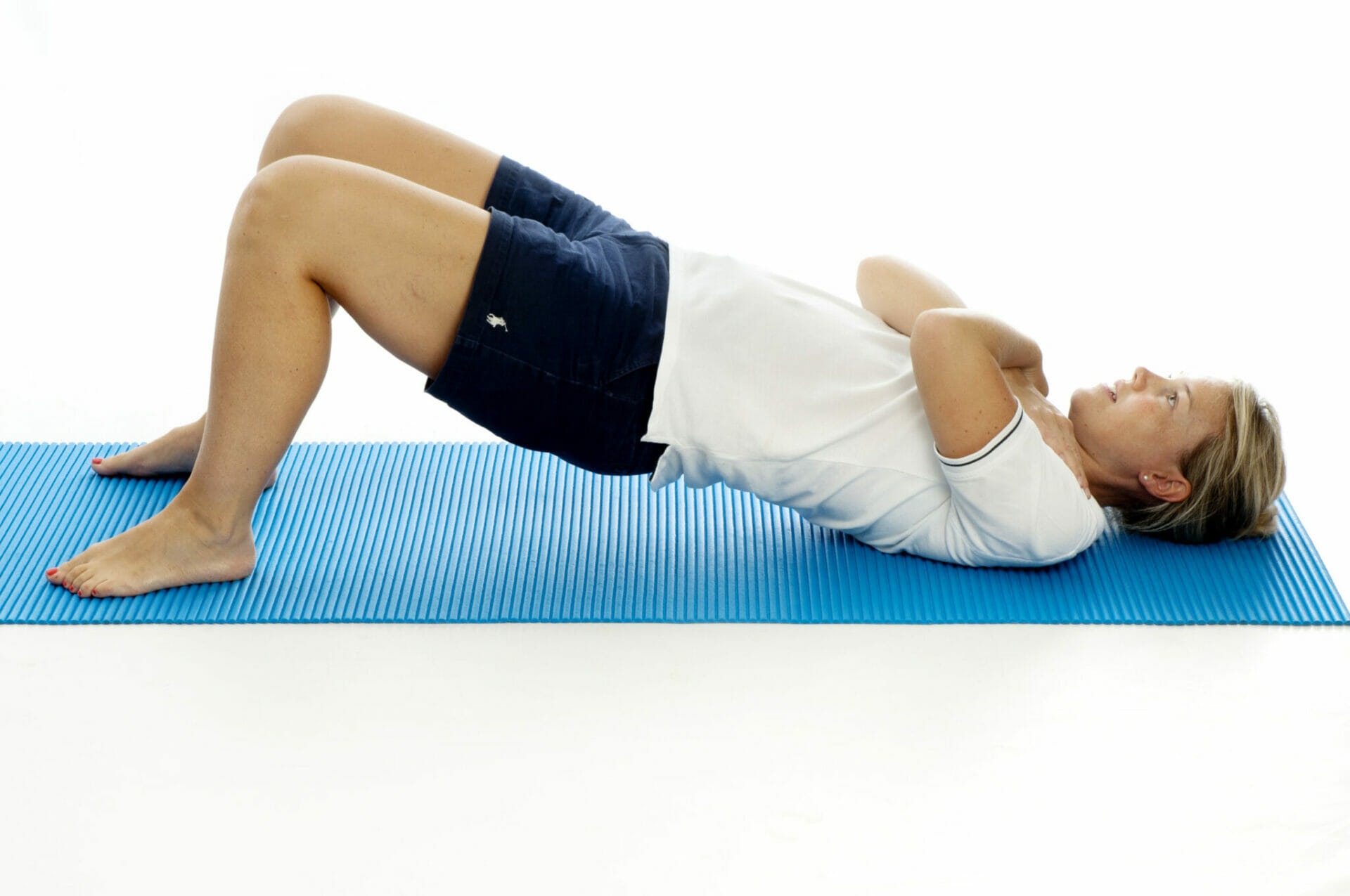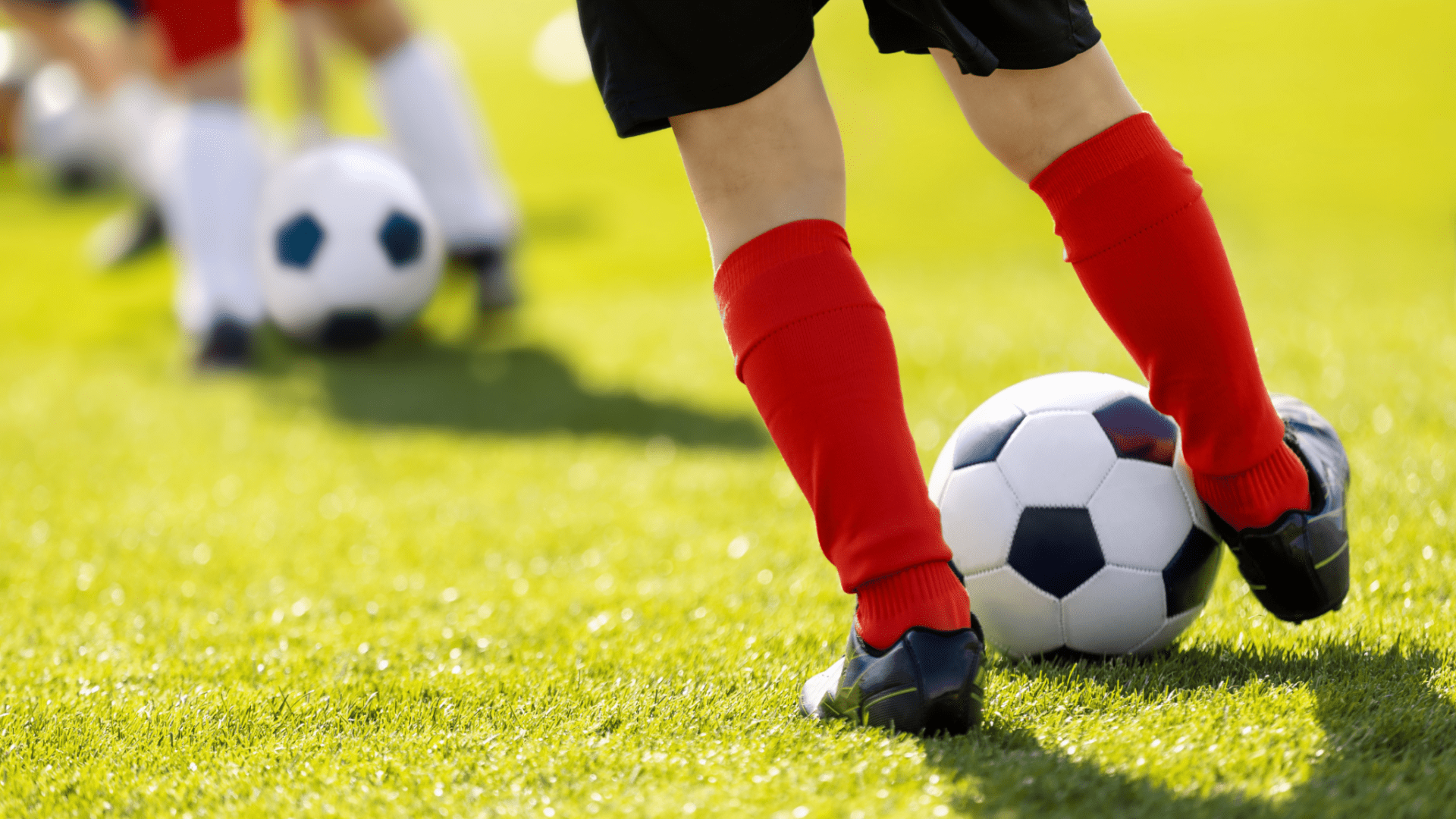Week 3 Return to Sport
After last week, training intensity and specificity should have increased. Providing that this is still pain free we can now progress onto week 3.
This week we can look at incorporating more sport specific drills as well as maintaining the general fitness and the mobility we have been working on during the past 2 weeks.
Still ensuring that we are including rest and rehab days, whilst also continuing to listen to your body and never work into or through pain.
These sessions should be pain free with little to no discomfort on completion of a session. If you are still experiencing pain during sessions do not progress onto this weeks training and suggest booking an appointment to determine why you are experiencing pain.
Week 3
During this week we are looking at maximising intensity and now paring drills with equipment.
Last week we looked at starting our drills at 40% of our max output.
This week after we have warmed up correctly prior to starting some drills we are looking at aiming for 60%-80% intensity.
We can also look at starting at the lower end of intensity and reintroducing equipment, such as balls and rackets and working to increase either the distance worked during drills or the intensity during shorter distance. For example, using the drill we discussed last week, we can introduce dribbling with a ball at a lower intensity to begin with. Then when that begins to feel natural again progress the difficulty of this by increasing the distance between cones or the intensity you work at when moving.
Toward the end of this week we could even look at reintroducing shooting practice and longer distance passing. As long as you are making sure that you are correctly activating the agonist and antagonist of the movement. For example with kicking, the quadriceps, hamstrings and glutes need to be addressed before using them for the explosive movement of kicking. These can include glute bridges, crab walks and sumo squats, which can all be found on our youtube channel.

Glute Bridge
- Lie on the floor with your knees bent and feet flat on the floor
- Squeeze your glutes and then push your hips up until there is a straight line through knee and hip to upper body and shoulders remain on the floor
- Hold for 3 seconds, repeat until fatigue daily
- To progress to the next level, cross you arms across your chest
If you are concerned about returning to sport, Beth our Sports Therapist, works with young athletes to plan your return to sport and minimise the risk of getting injured. Or if you still feel you are not getting the best out of your training and rehab plans at home, then you can book to see one of our Therapists who can help you maximise your training.
Next week we will be sharing more information on what you should be doing during week 4 of your training.
Appointments can be booked online, email enquiries@physio-logical.net or by calling 07835 712306.




